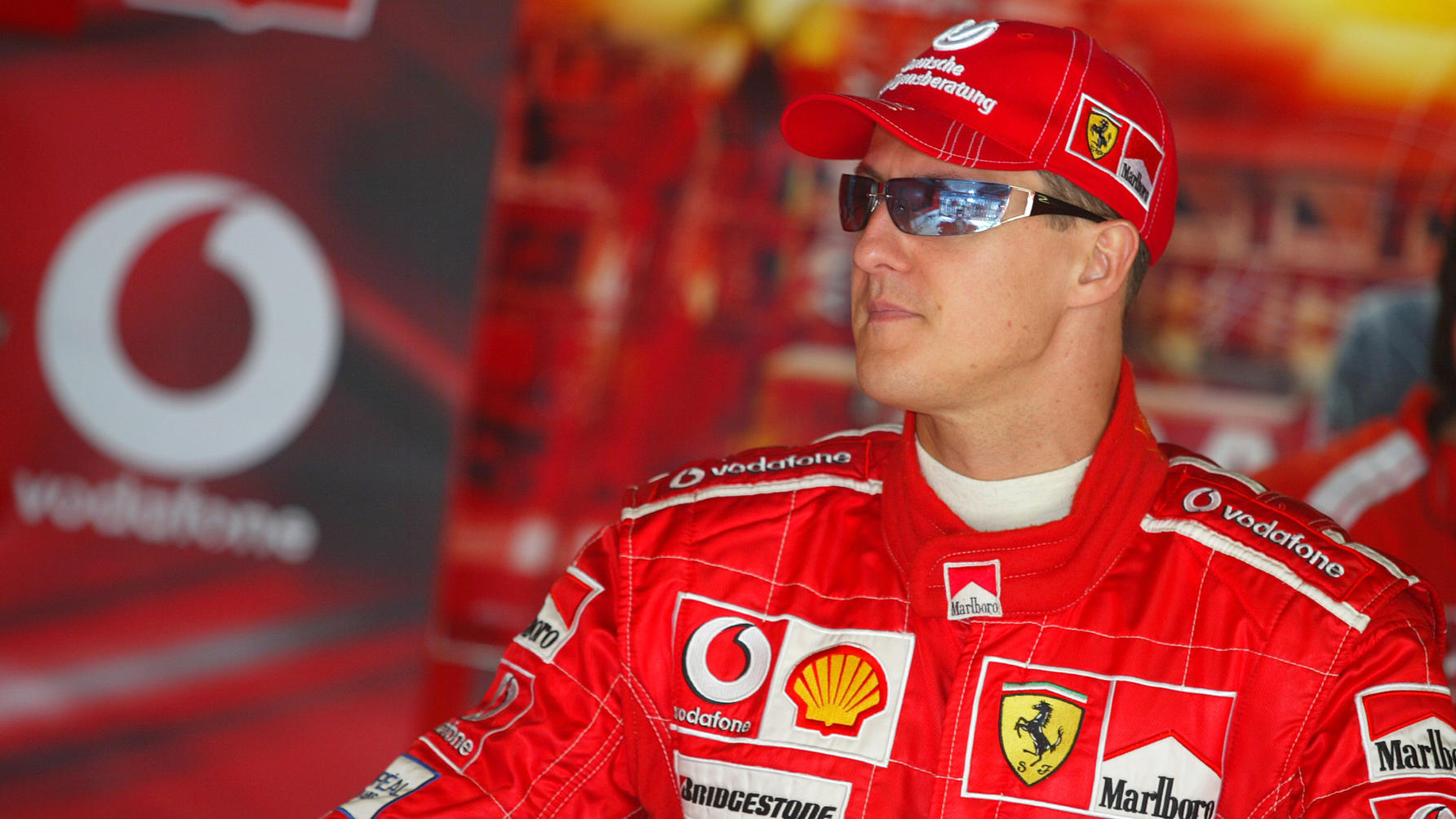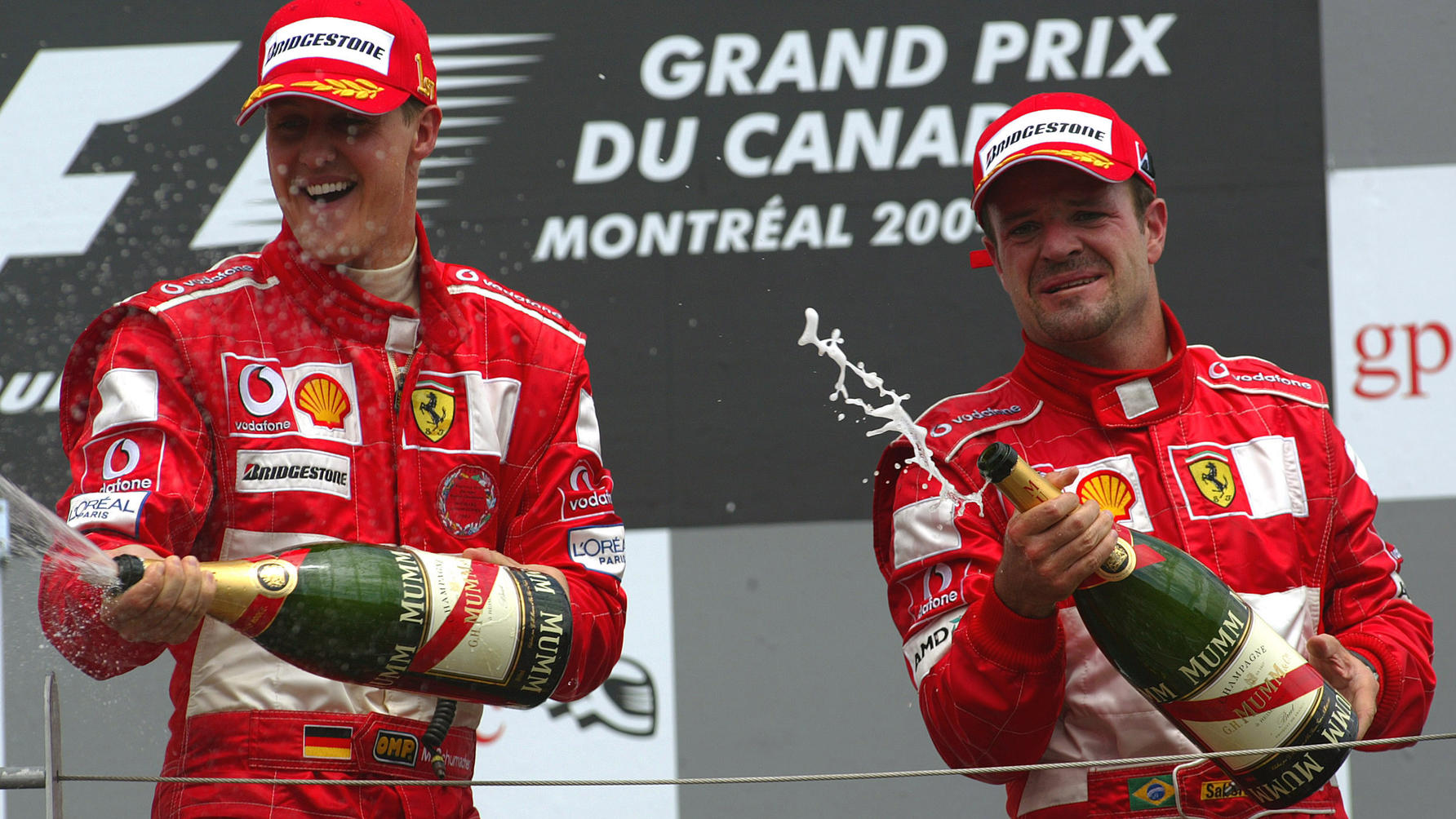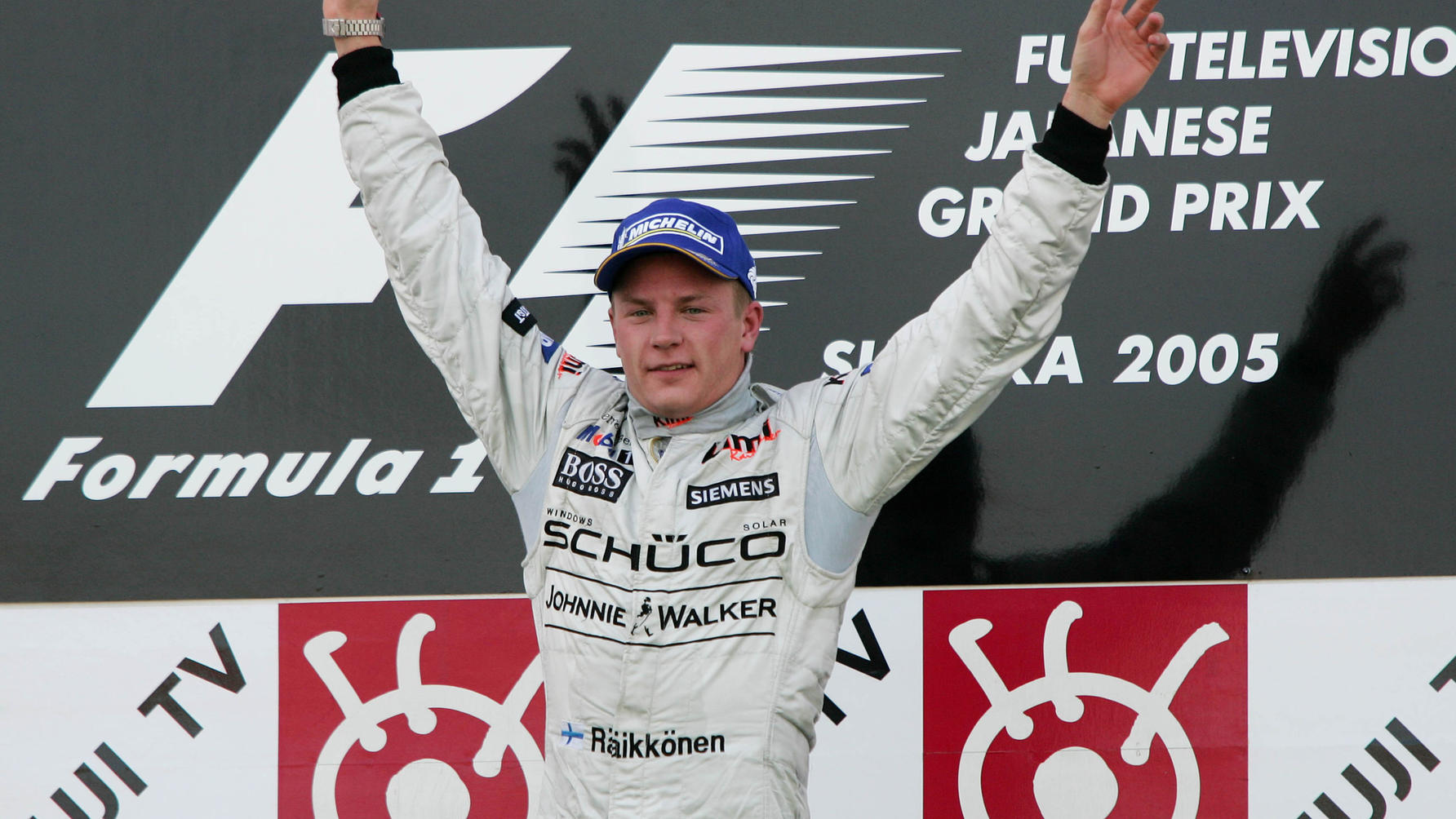
Just how much slower are 2015's F1 cars than they once were?
We compare 1995, 2005 and 2015 fastest laps in search of answers
Right now, Formula One is facing a number of challenges. Gimmicky DRS, mayfly tyres, one-team domination, fuel saving, pay drivers, complicated engines, expensive tickets, sterile circuits… well, you get the idea.
For many though, drivers and fans included, F1’s perceived lack of speed compared with previous generations is the biggest fundamental issue.
Fernando Alonso summed things up the mood after the Malaysian Grand Prix earlier this year. “The engineers did some calculations,” said the McLaren driver. “The winner of Malaysia this year would have been lapped six times by the winner of Malaysia in 2006.”
Considering that current backmarkers Manor-Marussia are usually no more than two or three laps behind the leaders at the end of a grand prix, that’s a huge difference.
It’s one of the reasons Bernie Ecclestone believes F1 is suffering from “a bit of a dip” at the moment, which has led the FIA to draw up plans to make cars “five to six seconds a lap faster” by 2017.
But by just how much have the cars slowed down in the last few years? And is it that much of a problem? Well let’s start by looking at who topped the timesheets at three largely unchanged tracks in 2015, 2005 and 1995. In other words, that’s 1.6-litre turbo hybrids against 3.0-litre V10s against 3.0-litre V12s…
Monaco Grand Prix – Monte Carlo (Lap record: 1’14.440 by Michael Schumacher, Ferrari 2004)

As the slowest race on the calendar, time differences in Monaco should give us an indication of how mechanical grip and low-speed downforce has changed in the last twenty years. Top speed and overall power shouldn’t matter so much here, as Monaco’s straight is neither very long nor, um, very straight.
2015 Fastest Race Lap – 1’18.063 (Daniel Ricciardo, Red Bull)
Top Gear
Newsletter
Thank you for subscribing to our newsletter. Look out for your regular round-up of news, reviews and offers in your inbox.
Get all the latest news, reviews and exclusives, direct to your inbox.
2005 Fastest Race Lap – 1’15.842 (Michael Schumacher, Ferrari)
1995 Fastest Race Lap – 1’24.621 (Jean Alesi, Ferrari)
So in 2005, Michael Schumacher was roughly a second and a half off his PB from the previous year, while Daniel Ricciardo’s best lap in May was just over two seconds slower than the German’s leading time ten years before.
What’s interesting is that the 2005 and 2015 times could have been closer. There’s a good chance that Ricciardo was ‘looking after’ his Pirelli rubber until the latter stages of the 2015 race, whereas previously Michelin and Bridgestone had been competing to make the most durable compounds imaginable.
Add into the mix the fact that 2015’s fastest lap was set by a Red Bull, and not the winning Mercedes of Nico Rosberg, and it’s quite possible there’s a little more speed in this year’s fastest cars.
Then there are the 1995 cars to consider. Jean Alesi’s best is a massive ten seconds slower than Schumi’s in 2004, with many greats from the past suffering a similar issue.
Ayrton Senna set a fastest race lap of 1’24.468 when he won in Monaco in 1990, while Niki Lauda’s best en route to the chequered flag in 1976 was 1’30.36.
Was F1 ‘too slow’ back then? Not that anyone can recall…
Canadian Grand Prix – Montreal (Lap record: 1’13.622 by Rubens Barrichello, Ferrari 2004)

Shortened from 4.430km to 4.361km between ’95 and ’05, the Canadian Grand Prix gives us a similar story:
2015 Fastest Race Lap – 1’16.987 (Kimi Raikkonen, Ferrari)
2005 Fastest Race Lap – 1’14.384 (Kimi Raikkonen, McLaren)
1995 Fastest Race Lap – 1’29.174 (Michael Schumacher, Benetton)
Most notable is the gulf separating 1995’s best time (courtesy of Michael Schumacher’s Benetton), which was a full 15 seconds behind Kimi Raikkonen’s purple lap in 2005.
Admittedly the Circuit Gilles Villeneuve was 69m longer back then, but with an average speed of 111mph that would only account for 1.39 seconds of the deficit.
Although the times tell us nothing conclusive about the grip or power available, it does reaffirm the notion that modern racers aren’t a million miles off the pace compared to the peak of the last decade, when F1 cars were at their fastest ever.
Although they are most definitely slower (and not as challenging to drive, according to those who’ve sat in both), it’s worth remembering that today’s vehicles are as technologically advanced as they’ve ever been, doing more with less fuel.
But then maybe that’s the problem: efficiency isn’t all that exciting.
Japanese Grand Prix – Suzuka (Lap record: 1’31.540 by Kimi Raikkonen, McLaren 2005)

Perhaps the most popular race track on the circuit, at least among the drivers anyway. Suzuka’s also a great all-round test, with sweeping bends, tight corners and elevation changes and the famous 130R asking questions in every aspect of a car’s design. Suzuka was 57m longer in 1995, but here’s how the times shape up:
2015 Fastest Race Lap – 1’36.145 (Lewis Hamilton, Mercedes)
2005 Fastest Race Lap – 1’31.540 (Kimi Raikkonen, McLaren)
1995 Fastest Race Lap – 1’42.976 (Michael Schumacher, Benetton)
Here we see biggest difference between the current crop and the course record, set by Kimi Raikkonen in 2005. With every weakness exposed over three and a half miles, the deficiencies of today’s cars are at their clearest in Japan.
In ten years at Suzuka, fastest laps have dropped by four and a half seconds, the sort of statistic that causes fans to question if F1 is heading in the wrong direction.
Organisers have a duty to periodically introduce restrictions so that engineers are constantly challenged, and the sport continues to evolve. But when F1 sells itself as the pinnacle of motorsport, at what point does it begin to short-change fans?
Speed isn’t everything
According to former McLaren driver David Coulthard, “the current era of F1 should always be pretty much the fastest period of the sport in history.”
Certainly cars getting slower seems strange, but the problem with laps getting quicker and quicker raises questions of circuit safety.
Turbulent air and degradable tyres don’t promote wheel-to-wheel racing, and fans’ most common complaint these days is that the sport has become too processional.
If the priority was closing up the field instead of making the grid faster but no less stretched, that might not be a bad place to start.
Lap data sourced from the ESPN F1 archive
Trending this week
- Car Review
BMW 1 Series
- Top Gear's Top 9
Nine dreadful bits of 'homeware' made by carmakers








